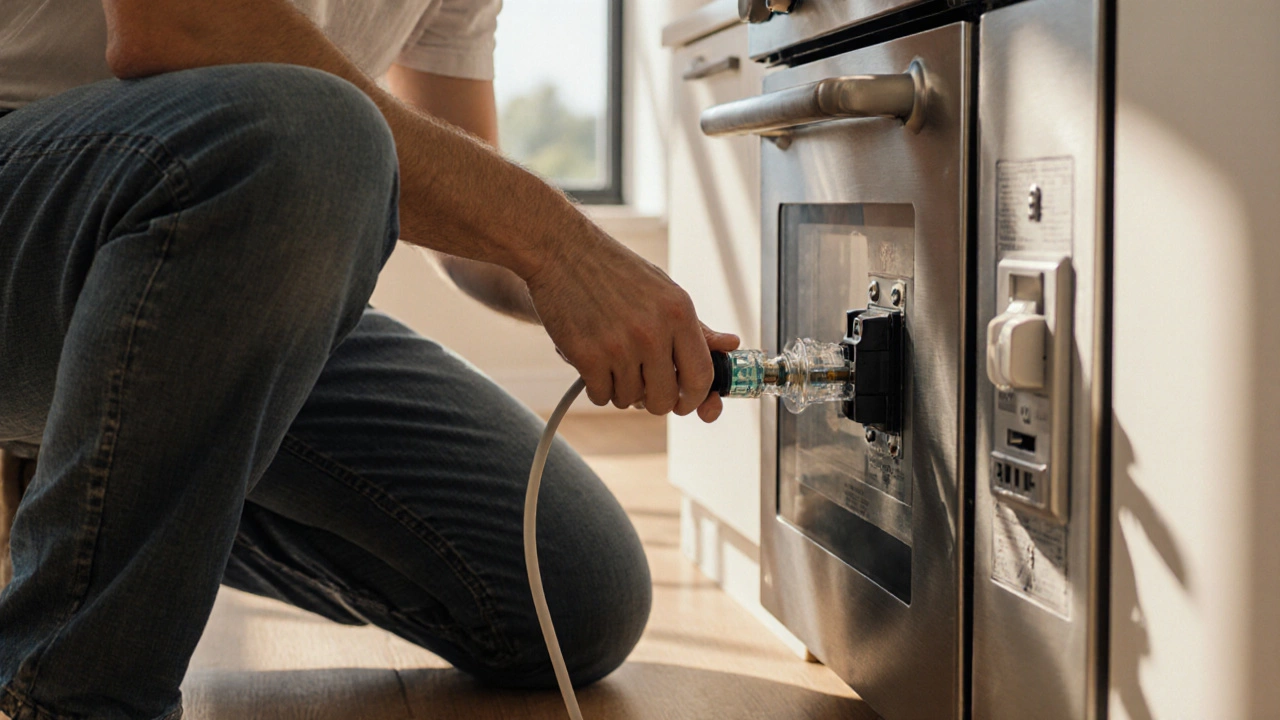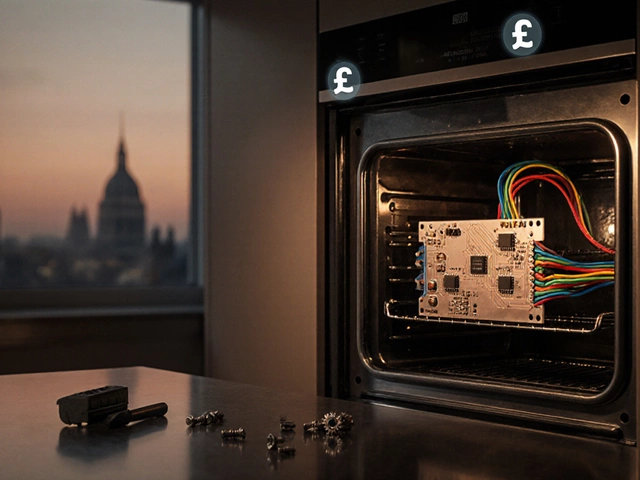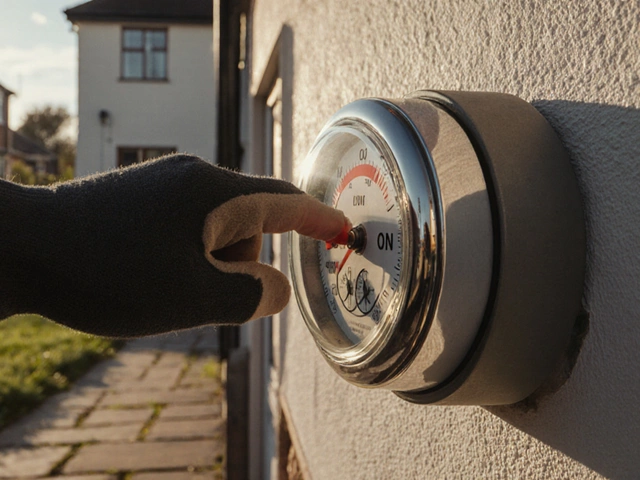When working with oven heating element, the metal coil inside an electric oven that turns electricity into heat. Also known as oven element, it directly powers the baking chamber and decides how evenly food cooks. This component is a key part of a electric oven, a kitchen appliance that generates temperature through electric resistance and works together with the oven thermostat, the sensor that monitors and regulates oven temperature. When the element, the oven or the thermostat fail, you’ll notice cold spots, uneven baking, or the oven simply won’t heat up.
One of the first signs of a bad oven heating element is a clicking noise followed by no heat. Other clues include a burnt smell, visible corrosion, or the oven taking far longer than usual to reach the set temperature. Most elements run on 240‑volt mains and are built to last 5‑10 years, but heavy daily use or power surges can shorten that lifespan. Replacement costs in the Bognor Regis area typically range from £70 to £150 for the part, plus £60‑£100 for labor. If you’re comfortable with basic electricity, you can test the element with a multimeter (checking for continuity) and swap it out in under an hour. Safety is vital – always disconnect power at the breaker before you start.
Beyond the element itself, a faulty thermostat or a broken wiring harness can mimic the same symptoms. An accurate thermostat should keep the oven within ±5 °C of the set point; if you see big swings, the sensor might need recalibration or replacement. Regular maintenance – wiping the element after each use, avoiding abrasive cleaners, and checking the connections yearly – can prevent many problems. When you combine a healthy element, a reliable thermostat, and proper upkeep, the electric oven stays efficient, saves energy, and delivers consistent results.
The articles below dive deeper into each of these topics. You’ll find step‑by‑step guides on testing continuity, advice on choosing a quality replacement, cost breakdowns for professional service, and tips for extending the life of your whole oven system. Browse the collection to get the exact fix you need, whether you’re a DIY enthusiast or prefer to call in a qualified technician.

Learn why your electric oven suddenly stopped working, diagnose power, element, thermostat or safety fuse issues, and decide when to DIY or call a repair professional.

Learn the typical UK price for an oven control board, factors that affect cost, DIY steps, and when to call a professional in 2025.

Learn why all your gas appliances might stop working, how to safely troubleshoot common issues, and when to call a Gas Safe engineer.

Learn the proper term for someone who fixes ovens, how they work, skills they need, and why hiring a pro is a smart move. Helpful tips inside.

Repairing an aging laptop can be a tricky decision. This article explores whether it's still worth investing in a 7-year-old device. We'll consider factors like performance, cost, potential upgrades, and environmental impact. Dive in to learn about the practical and sentimental value of maintaining your trusty laptop.

Deciding whether to fix or replace your oven in 2025? Learn real repair costs, when replacement saves money, safety risks of old ovens, and how to make the smart choice without overpaying.